Professional septic pumping services that prevent backups, eliminate odors, and keep your system running smoothly.
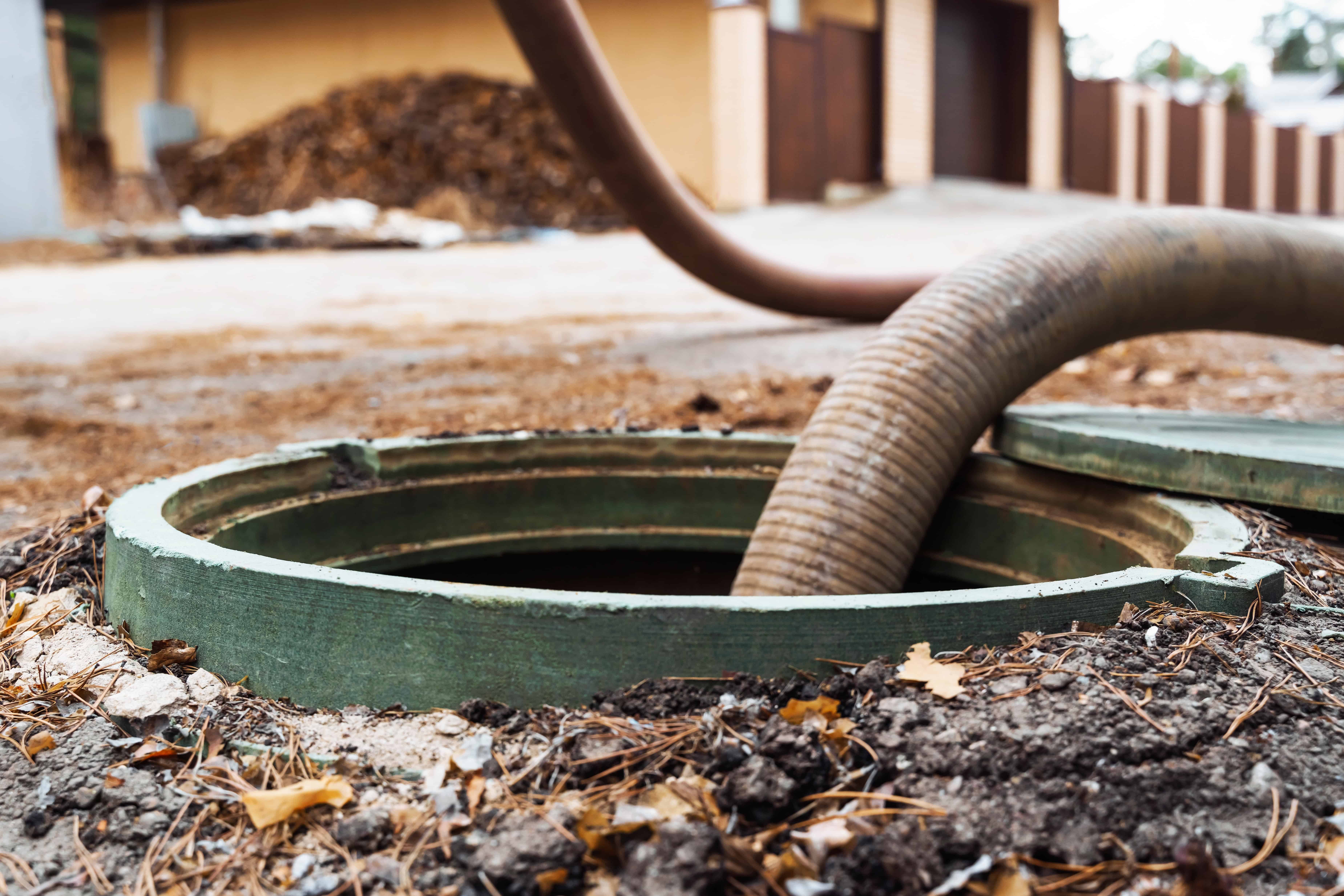
Hear from Our Customers
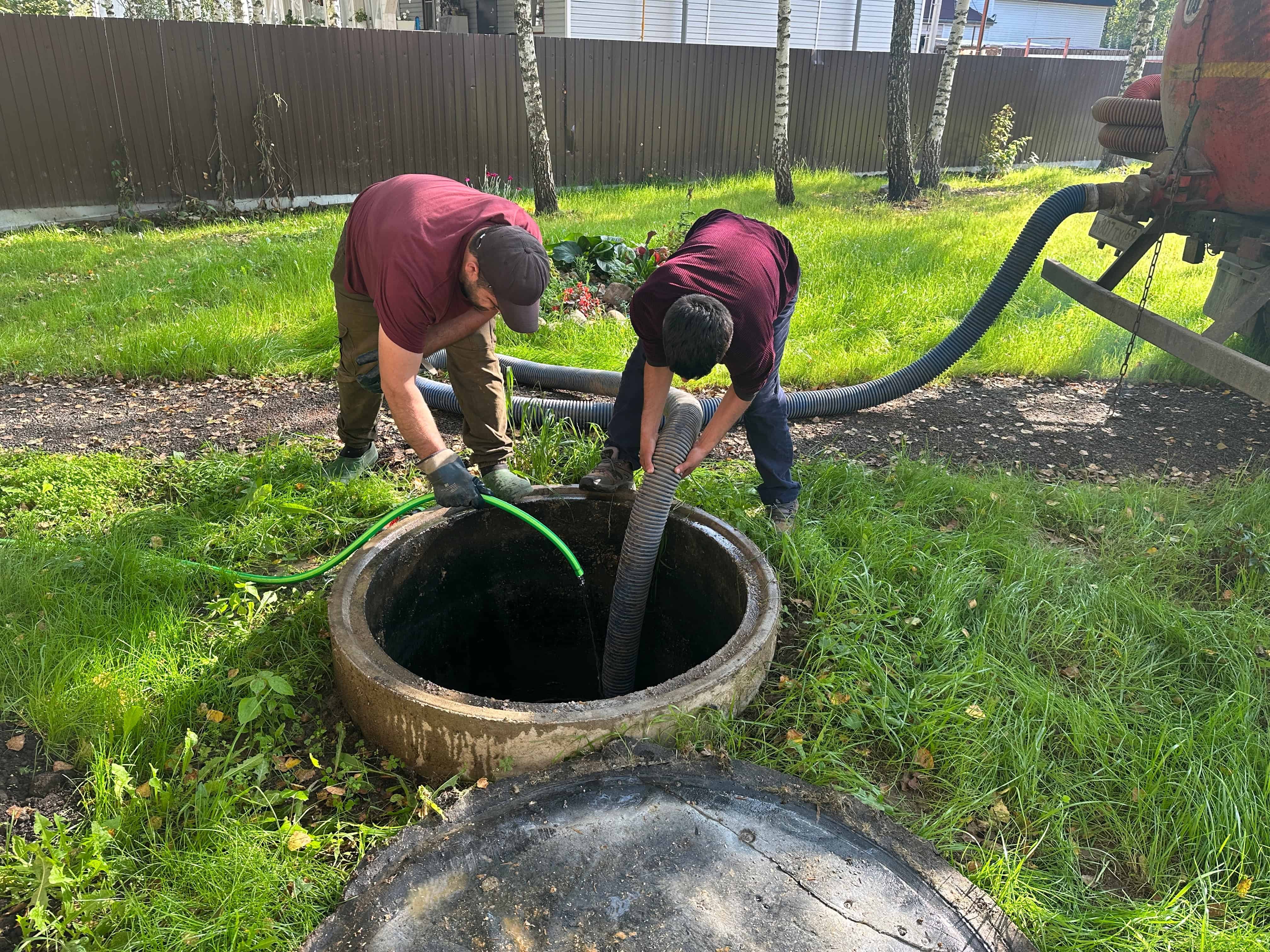
Your septic system works quietly in the background until it doesn’t. When sludge builds up beyond capacity, you’re looking at sewage backups, terrible smells, and potentially thousands in property damage.
Regular septic tank pumping prevents these headaches entirely. You get a system that processes waste efficiently, protects your property value, and keeps your family safe from health hazards.
Most Sound Beach homes need pumping every 3-5 years, but your timeline depends on household size, water usage, and system age. We’ll give you an honest assessment of where you stand and when you’ll need service again.
We’ve been handling septic systems across Long Island for years. We know the sandy soil conditions in Sound Beach and how they affect your system’s performance.
Our technicians understand Suffolk County regulations inside and out. We show up with professional equipment, respect your property, and give you straight answers about what your system needs.
You won’t get upsold on services you don’t need. We pump your tank, dispose of waste properly, and let you know when you’ll need us back.
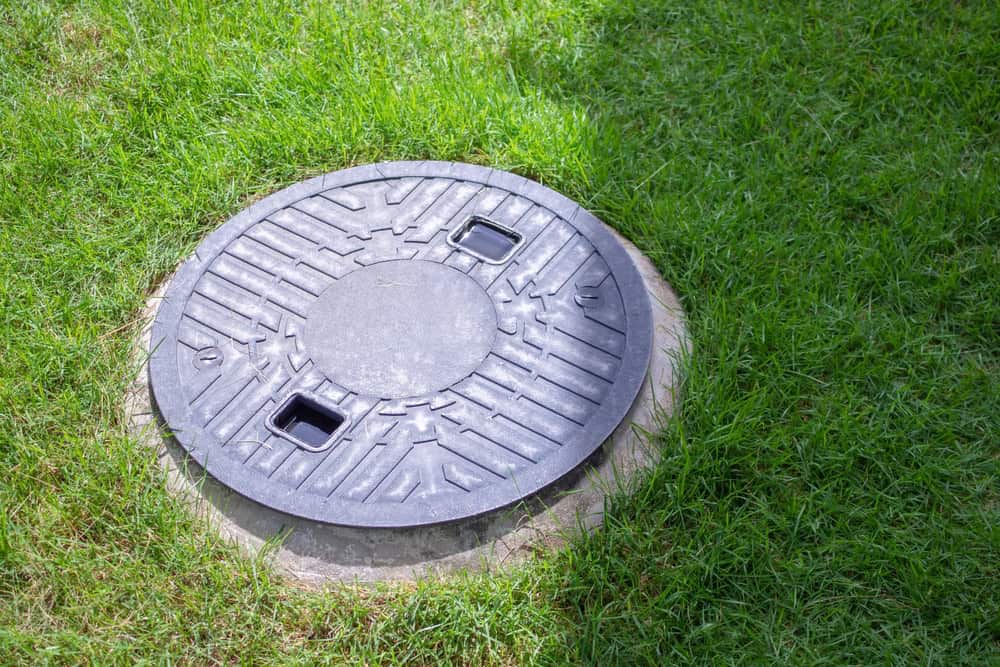
We start by locating your septic tank and removing the access cover. Our truck-mounted pump removes all liquid and solid waste from both the tank and distribution box.
While pumping, we inspect your system for potential issues like cracks, damaged baffles, or excessive wear. We’ll point out anything that needs attention and explain what it means for your system’s performance.
After pumping, we rinse the tank walls and ensure proper water levels before replacing the cover. The entire process typically takes 30-45 minutes, and we clean up completely before leaving your property.
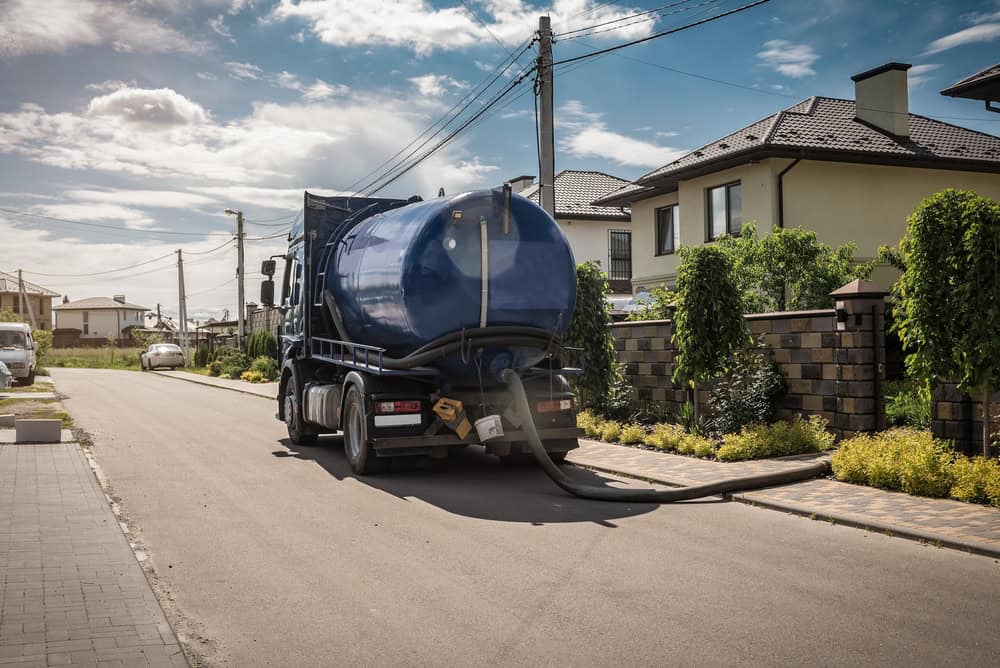
Ready to get started?
Every septic pumping includes complete waste removal, tank inspection, and system assessment. We pump both the main tank and distribution box to ensure thorough cleaning.
You’ll get an honest evaluation of your system’s condition and realistic timeline for future service. We don’t push unnecessary add-ons or create problems that don’t exist.
Our service includes proper waste disposal at licensed facilities and complete cleanup of your property. We understand Sound Beach’s soil conditions and how they impact septic performance, so our advice is tailored to what actually works in this area.
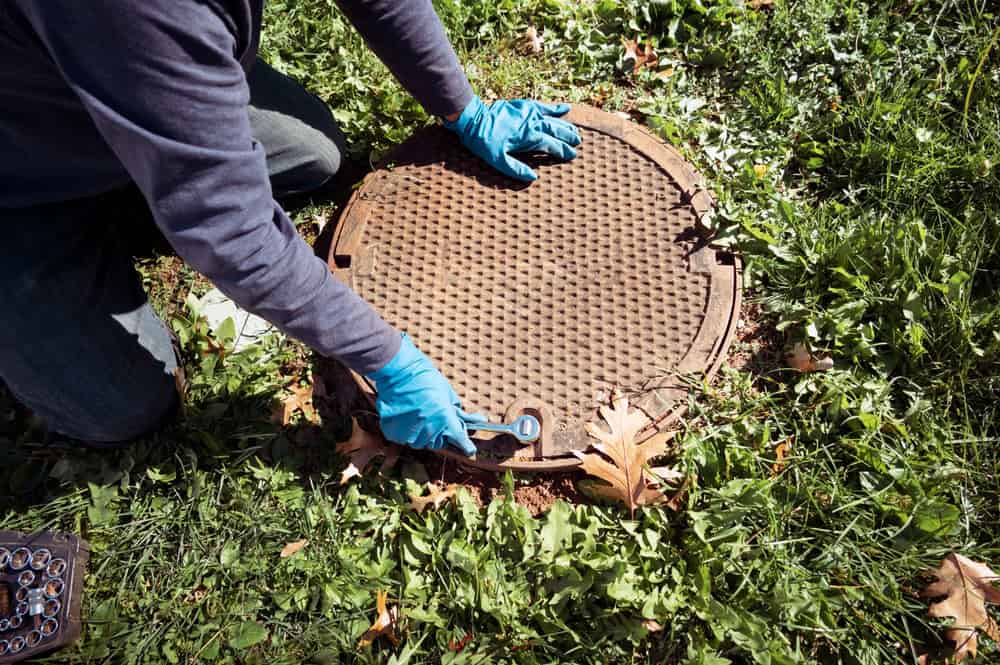
Don’t let cesspool issues disrupt your day. Reach out now for a free estimate and expert service.
©2025 Quality Cesspool All Rights Reserved. SEO Company NYC – Web Design & SEO by Hozio